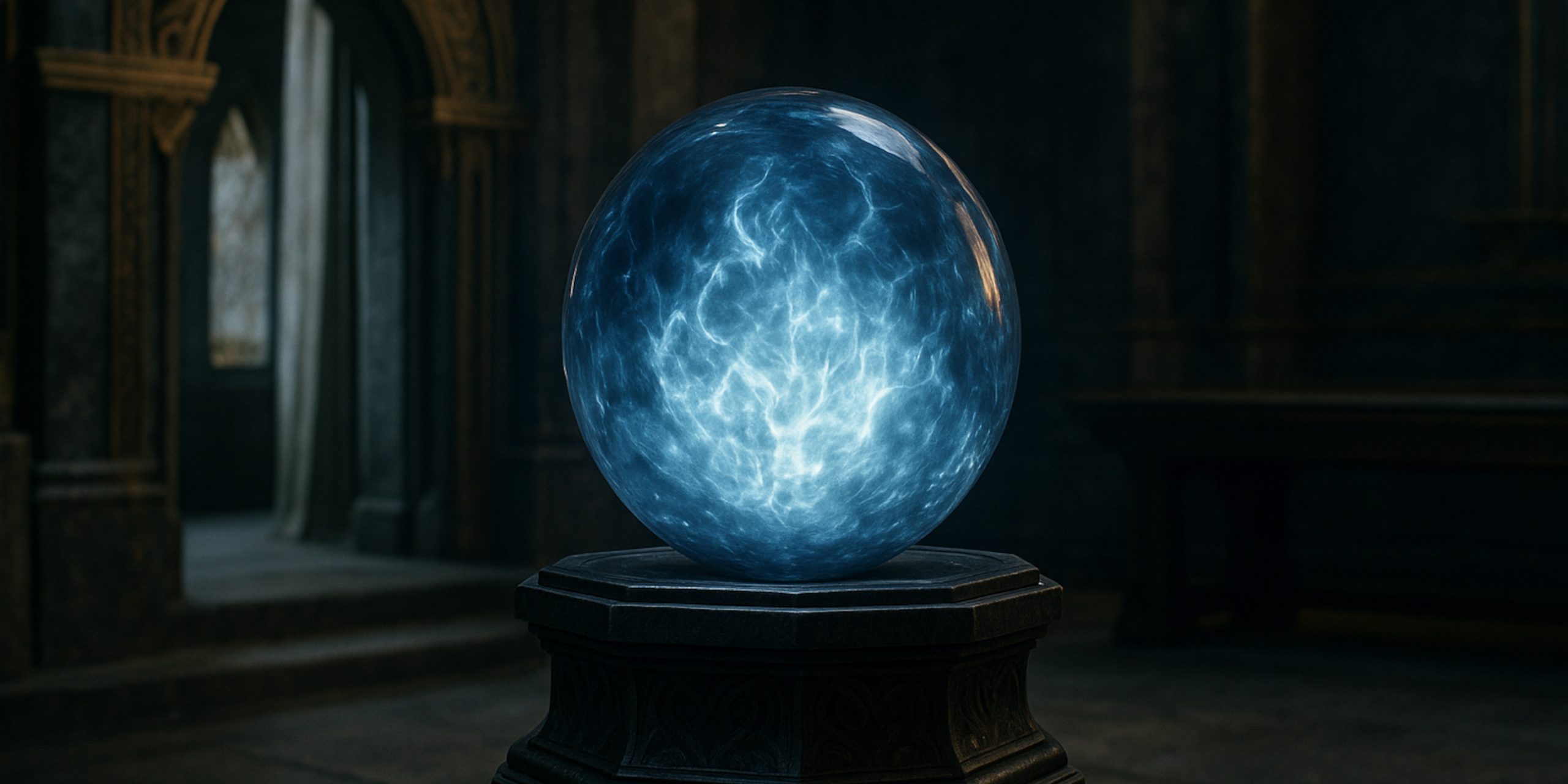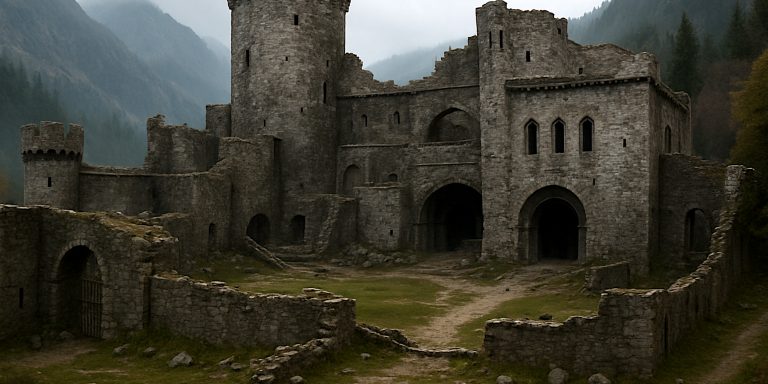
The Palantíri are not your average crystal balls. These ancient seeing-stones are some of the most mysterious artefacts in Tolkien’s world, and The Rings of Power wastes no time showing how they can bend perception and shape fate. They are powerful, they are dangerous, and they have been at the heart of both great victories and disastrous downfalls. So, what do we actually know about them in the show, and how much comes straight from Tolkien’s lore?
What are the Palantíri?
The Palantíri are large crystal orbs crafted in the legendary city of Valinor. They allow users to see across time and space, though with certain limits. In Tolkien’s writing, they were not magical toys for showing off but serious tools of communication and governance. When used with discipline, they could connect rulers across vast distances. When used carelessly, they could twist perceptions and leave people vulnerable to manipulation.
The Palantír in The Rings of Power
In the series, we see the Palantír in the possession of the Númenóreans, particularly Queen Regent Míriel. Through it she receives terrifying visions of Númenor’s downfall, a prophecy that becomes one of the show’s dramatic turning points. This immediately sets the Palantíri up as more than just artefacts: they are loaded with tension, raising the question of whether seeing the future makes it inevitable.
The Rings of Power leans into this ambiguity. Is Míriel trapped by what she sees, or is she free to alter events? That tension adds a clever edge, because viewers already know how Númenor’s story ends, but the characters are still desperately trying to outmanoeuvre fate.
Powers and Limitations
The Palantíri can:
- Show distant places and events.
- Allow communication between stones, almost like Middle-earth’s version of FaceTime.
- Reveal possible futures, though often without clarity or context.
Their weaknesses are just as important:
- They can be manipulated by stronger wills.
- They are selective in what they show, creating illusions of certainty where none exists.
- They risk overwhelming users, pulling them into obsession or despair.
Tolkien’s Writings vs The Show
In Tolkien’s legendarium, seven Palantíri were given to the Númenóreans, who later brought them to Middle-earth. These stones ended up scattered across kingdoms, with some lost forever. The most infamous was the stone held by Denethor in The Lord of the Rings, which pushed him into hopelessness after Sauron manipulated what he saw.
The Rings of Power has simplified things for television, focusing on the Palantír of Númenor as a dramatic anchor. That choice makes sense, because it ties prophecy directly into Númenor’s politics rather than scattering the stones too early.
The Danger of Knowing Too Much
The Palantíri are not just fantasy gadgets. They symbolise a problem that feels oddly familiar: information overload. Think of it like doomscrolling on the worst possible timeline. You keep watching, convinced you’re seeing truth, but the more you stare, the more it shapes you instead. Tolkien, as usual, was ahead of his time in seeing how vision without wisdom can corrode judgment.
What Role Might They Play Going Forward?
The Palantíri are likely to stay central in The Rings of Power. They link Númenor’s downfall, the rise of Sauron, and the eventual struggles of the kingdoms of Men. They also provide a narrative device to show looming threats without dragging characters across the map.
If the show follows Tolkien’s broad strokes, the stones will eventually be spread into Middle-earth, where they fuel mistrust, obsession and tragic decisions. Fans should expect them to move from mystical objects of wonder to tools of paranoia and corruption.
The Seven Swords Takeaway
The Palantíri in The Rings of Power are more than glittering plot devices. They embody the uneasy balance between foresight and free will. By showing just enough to unsettle but never enough to save, they force characters into choices that feel both urgent and doomed. For viewers, they add a layer of tragic inevitability that makes Númenor’s fate all the more gripping.
So, next time you see one of those stones glow on screen, remember: it’s not just a shiny ball. It’s Tolkien’s warning about the perils of seeing too much, too soon, and thinking that makes you wiser.



